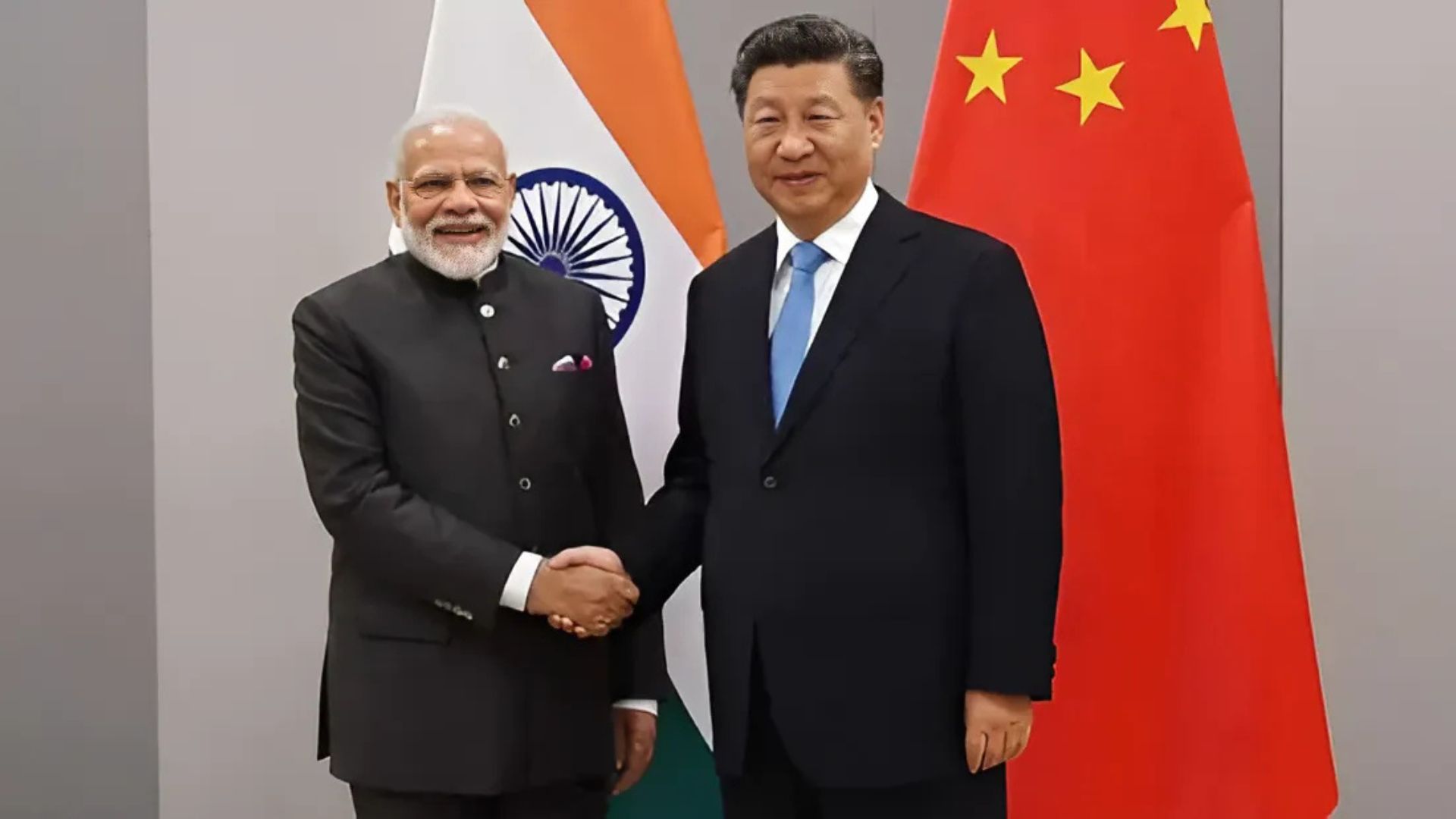India and China are on track to complete their military disengagement along the Line of Actual Control (LAC) in eastern Ladakh early this week, with reports indicating the process will conclude by Monday, October 28, or Tuesday, October 29.
After the disengagement, patrolling is set to resume in the region as troops withdraw and dismantle temporary structures, as reported by ANI. This disengagement comes as part of an agreement aimed at easing tensions that have remained high since the 2020 Galwan Valley incident.
The agreement stipulates that troops from both nations will return to the positions they held before April 2020. However, this arrangement specifically covers the Demchok and Depsang regions and does not apply to other contested areas.
Agreements restricted to Demchok and Depsang
According to an Indian Army source cited by ANI, the latest agreements will be restricted to Demchok and Depsang. Troops from both sides are expected to resume patrolling areas they accessed prior to April 2020.
Indian External Affairs Minister S. Jaishankar underscored that disengagement is only the initial phase, with further objectives focused on de-escalation and building trust. While equipment is being moved to rear bases, Jaishankar emphasized that a comprehensive resolution will take time and sustained efforts to rebuild stability and mutual confidence.
Jaishankar outlined three primary elements of the agreement: immediate disengagement, a subsequent phase of de-escalation, and a broader focus on border management and future boundary settlement negotiations.
The disengagement process includes dismantling temporary structures and coordinating patrol schedules to avoid potential misunderstandings, with ground commanders continuing regular communication to ensure ongoing coordination.
India, China conflict
In June 2020, a conflict erupted between Indian and Chinese troops in the Galwan Valley. The standoff began when China raised objections to Indian infrastructure projects, particularly a road under construction in the Galwan River Valley that connects to a strategic airbase. China viewed this road as a potential threat to its territorial claims in the area, escalating tensions between the two countries.
The confrontation led to the first direct military clash between the nations since 1975, resulting in the deaths of at least 20 Indian and four Chinese soldiers.
With inputs from agencies
Read More: Tata-Airbus C295: Technical Specifications Of The Aircraft Explained















